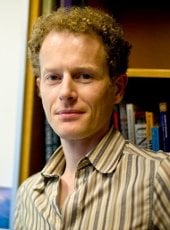The sixth Globa l Environmental Outlook has been released while environmental ministers from around the world are in Nairobi to participate in the world’s highest-level environmental forum.
l Environmental Outlook has been released while environmental ministers from around the world are in Nairobi to participate in the world’s highest-level environmental forum.
The report warns that human health is in dire straits without urgent actions to protect the environment. Sarah Green (Chem) is a scientific reviewer.
The most comprehensive and rigorous assessment on the state of the environment completed by the UN in the last five years was published yesterday (March 13), warning that damage to the planet is so dire that people’s health will be increasingly threatened unless urgent action is taken.
Read the full story on mtu.edu/news.








